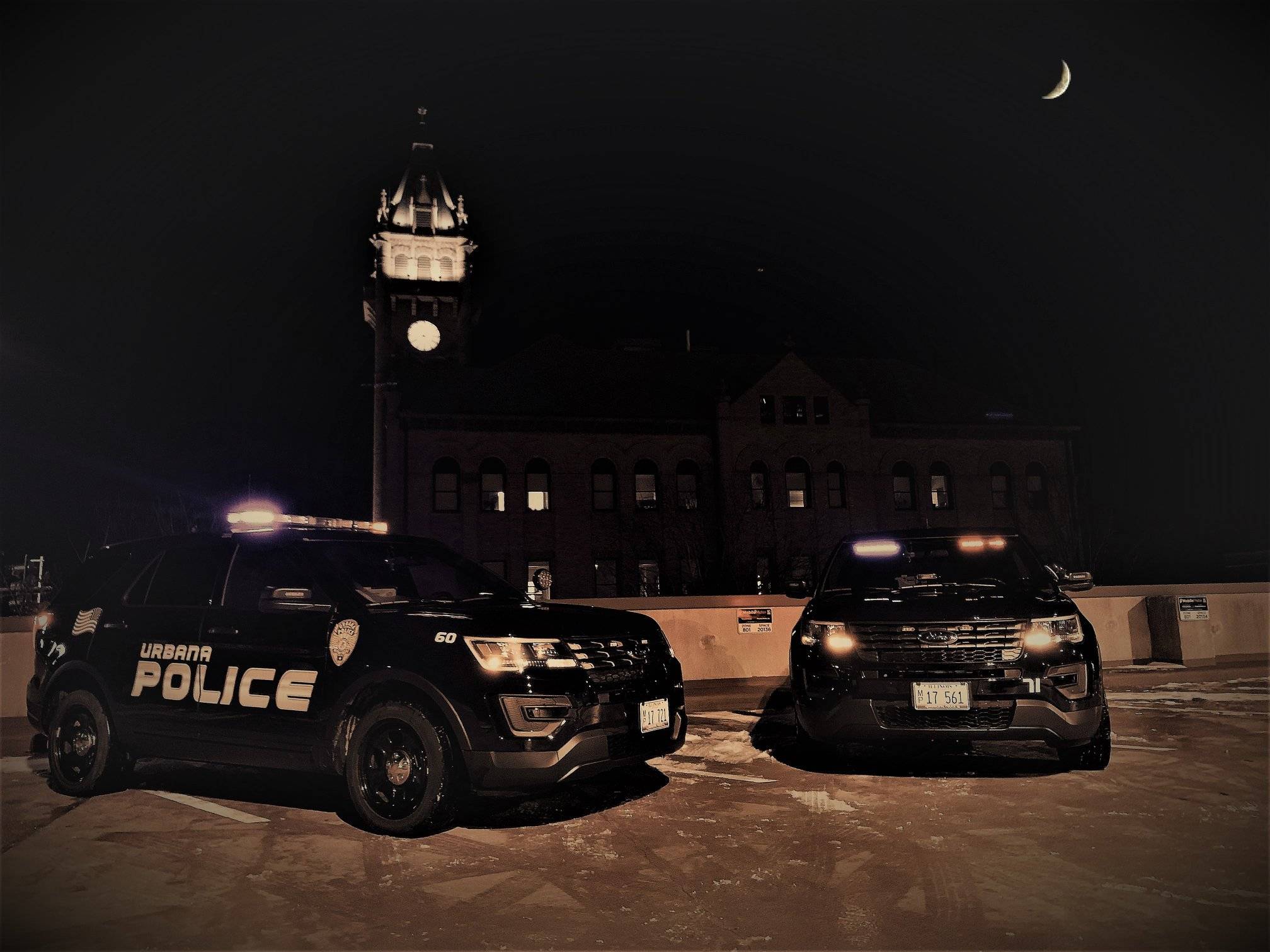Local pedestrian stop data gives the public a small window into how police do their jobs in our community.
It is little known that in 2015 the Illinois General Assembly passed Public Act 99-352, which mandated the collection and reporting by local law enforcement to the state data on certain types of pedestrian stops. To qualify these stops had to include one of these features: “a frisk, search, summon and/or arrest”. Pedestrian stops that met one of these criteria were called “Reportable Stops”. All other local pedestrian stops were designated “Nonreportable Stops” and not reported to the state.
Pedestrian stops as a whole compose a small portion of all police work; hence they are seldom noticed by the community at-large. A Crime Analyst for Urbana Police Department provided data from 2019.* This data showcased Urbana Police Department conducted a total of 236 pedestrian stops, 99 of which were reportable to the state. Of these 236 stops, 66% or 155 were African American pedestrians. This number is small in comparison to thousands of other kinds of police/public interactions, but despite the smaller number, pedestrian stops may be helpful to understanding the nature of policing being conducted in our community. A couple of quick comparisons with other Illinois municipalities are useful and enlightening.
From the 2019 state data, excluding Chicago, Urbana ranks first in Illinois in the number of reportable annual African American pedestrian stops. Even though that number is small (69), no other city in the state, excluding Chicago, had a higher stop number. Champaign was a close second with 66 stops.
Urbana ranks second in the state in the rate ratio which shows that African Americans are eleven times more likely to be stopped than their white local counterparts. This figure falls within a 95% confident interval of 6.5-19. Of cities with a significant African-American population only one city, Evanston, had a higher state rate ratio. Yes, Chicago was lower than Urbana.
Maybe most surprising is that with a combined African American population of over 67,850; the four cities of Kankakee, Rockford, Springfield, and Peoria had a combined total of 59 reportable African American stops, ten fewer than Urbana’s 69 African American stops. In comparison, Urbana’s African American population of nearly 6100 is ten times less than the four previously listed cities. This difference is both troubling and alarming.
Even though pedestrian stop numbers are small, it appears during this particular police/community interaction that something different from other communities is occurring in Urbana. An additional look at non-reportable stop data supplied by the UPD (which do not involve a frisk, search, summons, or arrest) shows that 63% of the stops involved African-Americans and only 31% Caucasians. Why is there such a stark difference between white and black non-reportable stop percentages? According to census figures, African Americans only compose 18% of Urbana’s population. These non-reportable stop differences do not appear to involve any criminal or suspicious behavior, but rather just reflective of officer general surveillance activity.
By passing this state law the legislature clearly wanted to collect and publicly report pedestrian stop data so that local communities could be better informed of this aspect of local policing. Urbana’s pedestrian stop numbers appear outside the norm, as well as, racially influenced. Simply based on these observations, this subject warrants closer scrutiny by the community and Urbana city council.
* Editor’s Note: In the originally published article, we listed the name of the analyist who provided said information, but it has since been removed.








